Hear that hissing, see that puddle under your car, smell that sweet antifreeze? Radiator’s toast. Here’s the thing, though: swapping out a radiator means diving into your cooling system’s guts, and cutting corners isn’t your friend. If you’re only planning to swap the big metal box up front and call it a day, you might be back at square one before your next Warrant of Fitness. Let’s pull back the hood and talk about all the bits and pieces you should eye up for replacement while you’re at it. Trust me, you’ll want every drive down State Highway 1 to be smooth, not a feverish dance with your temperature gauge.
Why Radiator Replacements Usually Mean Changing More Than The Radiator
Changing out the radiator looks straightforward, but most older cars have a cooling system that acts like a domino chain. When one part fails, chances are others are on borrowed time. Hoses rot and crack, clamps lose their bite, the thermostat gets lazy, and that coolant you haven’t drained in years turns into a sludgy cocktail. Ignoring these makes your fresh radiator work overtime, like putting a new heart in someone still eating burgers daily. No wonder a 2022 report from the AA showed that nearly 30% of roadside breakdowns in New Zealand were tied to cooling system failures, even after cooling system 'repairs.'
Why? Because small leaks become big blows. Tiny splits in old hoses can burst from the extra pressure when everything else is running at peak efficiency. You also don’t want ancient coolant laying siege to your new radiator’s delicate veins. If you skimp now, you risk devaluing the one thing you just spent your hard-earned cash on. This also means you might miss smaller issues like corroded clamps or heater cores gumming up, especially if you live somewhere as wet and humid as Auckland. Here, corrosion is a hungry animal. Don’t feed it.
The Must-Replace Parts: What To Change Along With Your Radiator
First things first—let’s bullet out the absolute essentials that should get ranched out alongside your radiator. Don’t play favorites if you want hassle-free performance. Here’s your honest list:
- Thermostat: Old thermostats love to stick, causing overheating. If it’s more than a few years old or you don’t know its age, swap it.
- Upper and lower radiator hoses: These hoses are your coolant’s highway. Tiny leaks or soft spots? They can blow spectacularly after a radiator change. Buy quality replacements.
- Heater hoses: They might look healthy, but if you pinch one and see cracks or it feels mushy, it’s done. Remember, a leak here dumps coolant on your feet or your car’s interior.
- Hose clamps: If clamps are rusty, they won’t grip well. Most shops suggest swapping every clamp you touch—hard to argue with that.
- Coolant/antifreeze: Pouring old coolant into a new radiator is like drinking bog water from a new bottle. Always flush and refill with fresh coolant suited for your car’s specs.
- Radiator cap: The cap controls system pressure, and tired old ones can’t hold it in. Replace it with one calibrated for your setup.
I once tried to cheap out on a thermostat, telling myself it looked 'fine.' I ended up limping home on the back of a tow truck, wallet lighter and pride bruised, with an overheating engine and a week’s worth of explaining to Felicity. Lesson learned the hard way—don’t skip the small stuff.
The Optional But Smart Swaps: For Peace Of Mind
Maybe you’re all in for a total refresh, or maybe you just want to avoid future headaches. These are often overlooked but honestly—they’re clever upgrades if you want zero issues for years:
- Heater core: If your car’s old, access is easy, or you’re already draining the system, consider what shape your heater core is in. Suss out any bad smells or leaks in the cabin.
- Water pump: These usually last a long time, but if you see leaks, hear weird noises, or you don’t know when it was last changed, now’s the time. The labor is often the same as swapping the radiator.
- Cooling fan(s): Check they’re spinning free, not making odd noises. Faulty fans leave you boiling in Auckland’s muggy rush hour traffic.
- Fan clutch (for those with one): This controls fan speed. Failing ones let your temps spike. They’re a common pain point in utes and larger SUVs.
- Temperature sensors: Electronics can glitch or corrode. These are cheap and easy to replace while you’ve got access.
Now, you might think, “That’s a lot of parts for just a radiator swap,” but look at it this way: By touching your cooling system once, you avoid shelling out for labor two or three times. If you ever trade up your ride, showing receipts for this 'full system refresh' can bump your resale value too.
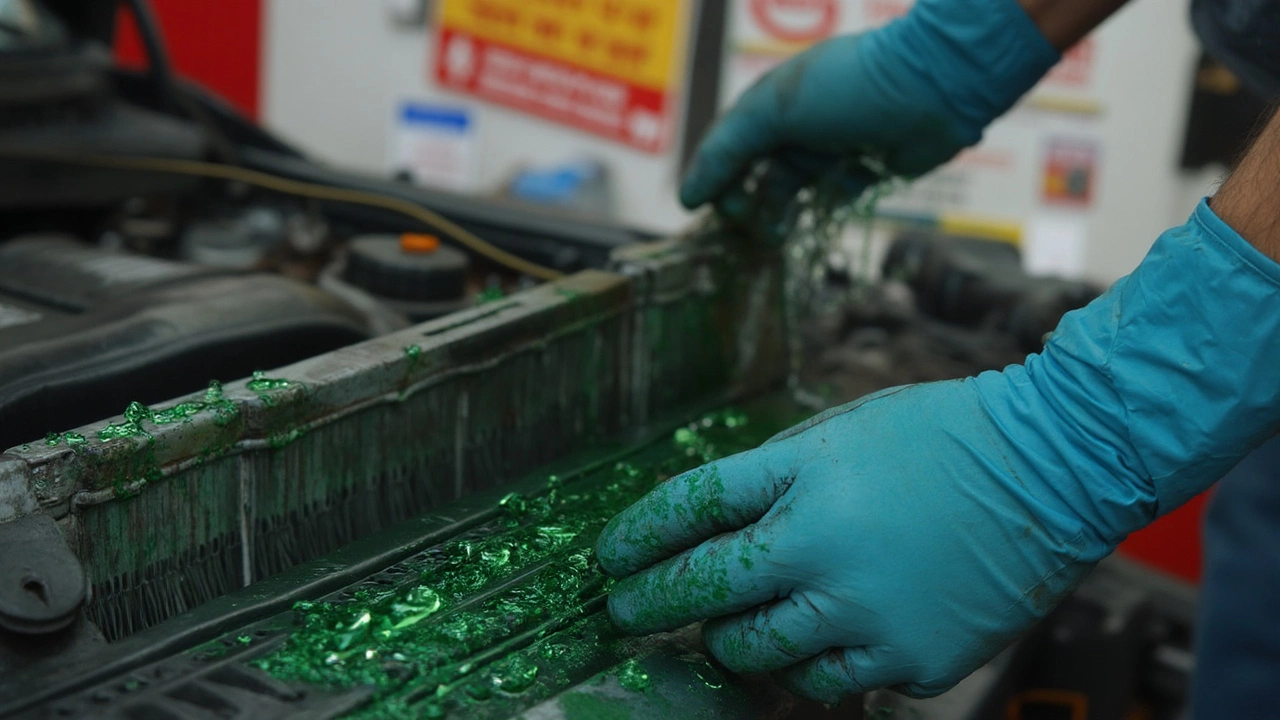
Signs You Should Replace Cooling System Parts
If your parts look brand new, sure—no need to bin them. But if you see any of these, you’re playing with fire:
- Bulging or collapsed hoses, especially near the ends
- Coolant leaks (look for crusty residue, green or pink stains)
- Oil in the coolant, or vice versa (think mocha-colored goo)
- Cracked, brittle, or spongy feeling hoses
- Rusted or damaged hose clamps
- Corroded metal on thermostat housing or around the water pump
- Heater not working or blowing cold air
Heaps of Kiwis driving late-model Toyotas and Mazdas push these parts well past their expiry date, thinking, “She’ll be right!” until the long white cloud turns into a cloud of steam. Don’t end up stranded halfway up the Coromandel Peninsula with a wet footwell or an engine smoking its last breath.
DIY Tips For A Smooth Radiator And Cooling System Job
So you’re set on doing the job yourself? Good on you. Here’s how to avoid those classic rookie mistakes:
- Always do a full coolant flush. Sediment, rust, and gunk hide everywhere. A clean system means a happy radiator.
- Use the exact coolant type your car asks for. In New Zealand, most Japanese cars use red or pink OAT coolant—but double-check. Mixing types makes sludge.
- If you’re removing stubborn hoses, twist them first—don’t yank. Metal fittings can bend or break with too much muscle.
- Clean all mating surfaces before reassembly. A razor blade or plastic scraper works well for old gasket material, but keep metal dust out of your pipes.
- Be methodical putting clamps back on—double-check for leaks after the first heat cycle.
- Burp the system by running the engine with the radiator cap off (if safe) until air bubbles stop. Air pockets cause mystery overheating.
- Take a photo of the hose routing before removing anything if you’re forgetful. Nothing worse than a mystery extra hose at the end.
And here’s a table with rough average lifespans for common New Zealand car cooling parts:
| Part | Average Lifespan |
|---|---|
| Radiator | 8-10 years |
| Hoses | 5-8 years |
| Thermostat | 5-7 years |
| Water Pump | 7-10 years |
| Radiator Cap | 3-5 years |
Those numbers? They’re from both real-world Kiwi mechanic shops and global manufacturer guides. But don’t take them as gospel—hard driving, Auckland’s salty sea air, and old coolant can halve those figures.
Little Extras That Make The Job Last
If you’re finally sliding that new radiator into place, slide a bit of extra love in there too. Coat the hose ends with a dab of silicone spray—it helps them seat without cracking, especially on chilly mornings. Upgrade to stainless steel clamps if you hate the look of rusted, crumbly hardware in a year. Check your car’s service manual for special coolant 'bleed' procedures. Some European and late-model Japanese cars need special attention to prevent vapor lock and hot spots.
Keep an eye on the system for the next few days. Bring a litre of top-up coolant for your first long drive. If your temp needle ever acts dodgy or you smell maple syrup (a classic coolant leak warning), pull over. Don’t risk engine damage by pressing on. Modern cars—especially hybrids and EVs—sometimes have electric water pumps and even secondary cooling circuits. Don’t forget to check those as well when swapping the radiator on more tech-loaded rides.
No matter your budget, don’t touch just the radiator and walk away. A proper radiator replacement means fresh coolant, healthy hoses, new clamps, and a peace-of-mind check of every connection. Skip out on any of those, and you’ll trade one short repair for another greasy Saturday. I’ve learned, both the hard way and with a fair bit of backseat “I told you so” from Felicity, that sweating the small stuff saves loads of time and cash down the track.
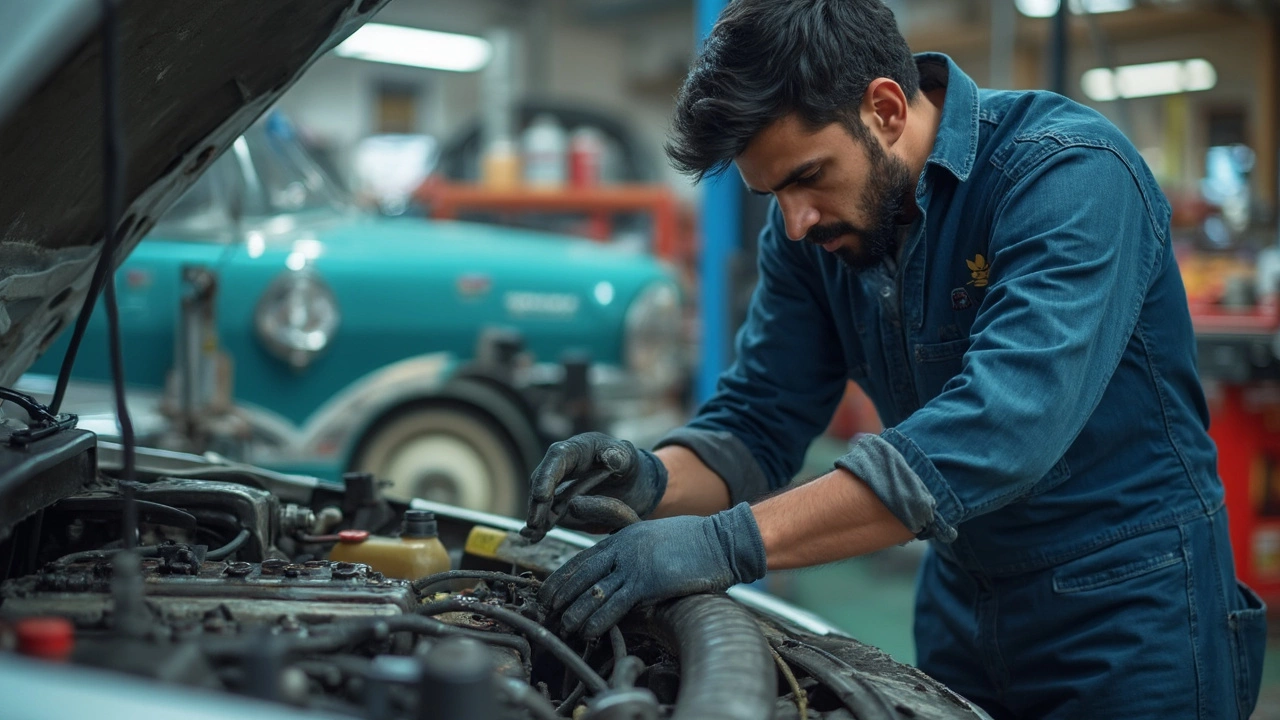


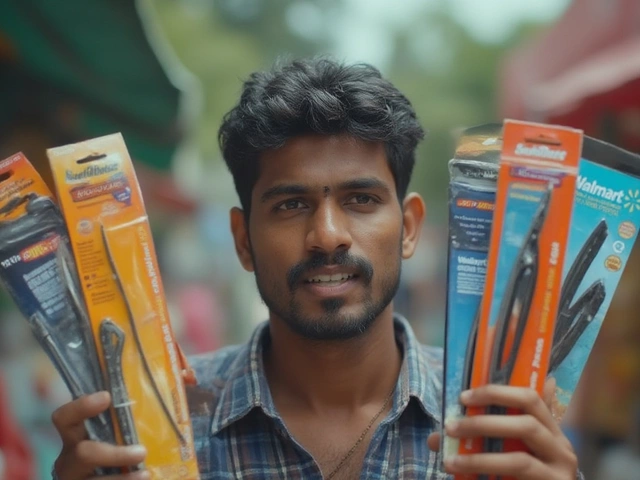
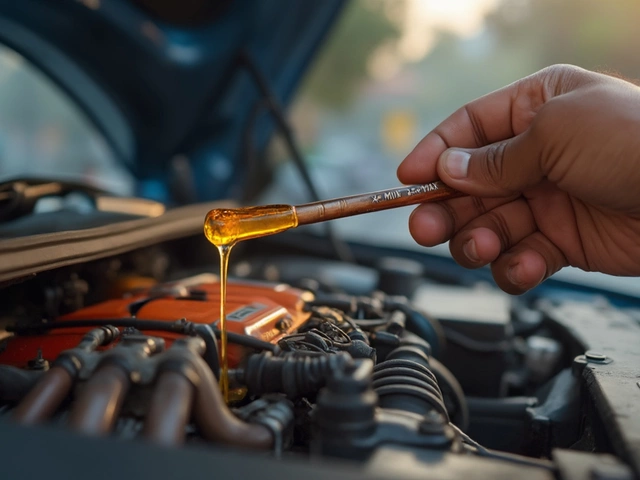
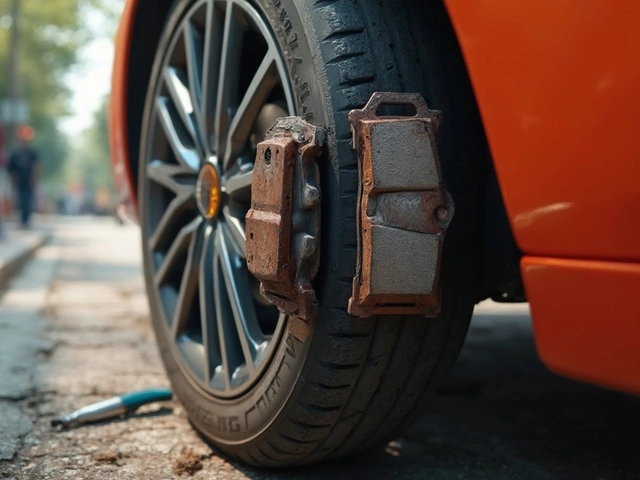
Write a comment